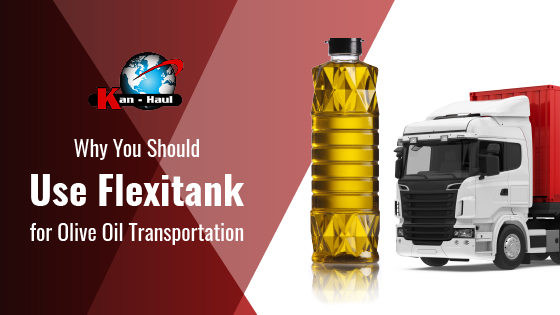There are many options for liquid bulk transportation. Here’s what you need to know. Below are some tips for choosing the best tank for your liquid bulk shipment.

Tank containers
ISO tank containers are among the most famous for bulk liquid transportation. They feature a 20-foot container frame with an inner stainless steel barrel. They are designed to carry all liquids, including liquefied gases, flammables, corrosives, toxins, and foodstuffs. ISO tank containers are easily transported by truck, rail, and barge. In addition, ISO tank containers have various safety features, including automatic lock mechanisms and an integrated monitoring system.
Stainless steel shells and solid steel frames are the most common materials for bulk liquid tanks. The former was the industry standard and is still used for certain chemical classes. However, in recent years, alloys with higher nickel levels have become more common, as they can handle more aggressive materials. Therefore, it’s essential to find a tank container that meets all of these requirements to ensure the safety of your liquid bulk transportation. The ISO standard helps determine which tank containers are suitable for your needs.
Flexitanks
Flexitanks are used for the bulk transportation of a wide variety of non-hazardous liquids, including water, vegetable oils, animal fats, and syrups. Installation of these tanks requires a particular standard operation procedure and a product datasheet. This information is crucial for determining cubic capacity based on the specific gravity of the liquid in question. In many cases, fluids can be transported up to 35,000 cubic feet in a single Flexitank.
While using a flexitank is advantageous for liquid bulk transportation, it has some drawbacks. Flexitanks tend to put pressure on the sidewall panels of general freight containers. This can permanently deform the containers, and some carriers refuse to accept them. However, because flexitanks are pliable, they may not be able to resist the pressure applied. If too much force is applied, they can rupture or crack, resulting in a loss of goods and the cost of clean-up.
ISO tanks
ISO tanks are made of stainless steel and are designed to be durable and reliable for transporting liquid. They are usually 6 meters long and between 2.4 and 2.5 meters wide. They hold between 21,000 and 40,000 liters of fluid. ISO tanks are the preferred method for liquid bulk transportation because of their safety, reliability, and versatility. They are also remarkably affordable, making them an excellent option for any company. However, there are some risks associated with ISO tanks.
ISO tanks for liquid bulk transportation are a viable alternative to small drums. ISO tanks are highly efficient and reliable. They are highly resistant to damage and extreme pressure, and they are also safe to use. These tanks are also highly efficient regarding environmental protection since they have a long lifecycle and little carbon footprint. They also require no additional packaging, reducing ecological disaster risk. In addition, ISO tanks are also environmentally friendly. They do not require a special license or other permits and have a low environmental impact. The tanks are quickly filled and unloaded, which significantly reduces the need for manual handling.
In addition, because ISO tanks are entirely enclosed and safe, no risks of cross-contamination are involved, and ISO tanks can be customized to fit the needs of a company.